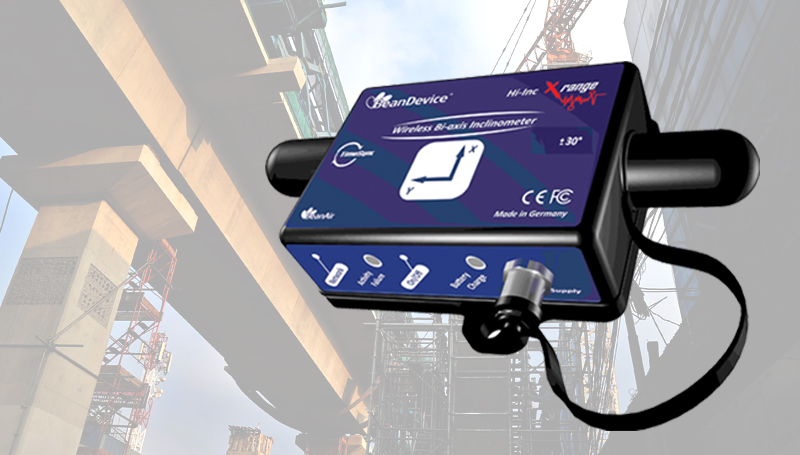
SHM aims to give, at every moment during the life of a structure, a diagnosis of the “state” of the constituent materials, of the different parts, and of the full assembly of these parts constituting the structure as a whole. SHM combines a variety of sensing technologies with an embedded measurement controller to capture, log, and analyze real-time data. SHM systems are designed to reliably monitor and test the health and performance of structures such as the following:
- Bridges and dams
- Buildings and stadiums
- Vessels and platforms
- Airframes
- Wind turbines
Recent advancements in wireless sensor technology have ushered in a transformative era for health monitoring and preemptive fault detection. The compact and sophisticated nature of these wireless sensors enables seamless data collection and transmission, revolutionizing how we approach healthcare and system maintenance. Wearable devices equipped with a myriad of sensors provide real-time insights into physiological parameters, allowing for early anomaly detection and personalized healthcare strategies. Moreover, the integration of artificial intelligence with sensor data enhances preemptive fault detection, enabling the timely identification of issues in machinery, infrastructure, and individual health. This convergence of wireless capabilities, advanced sensors, and data analytics holds the potential to reshape industries, offering a future where proactive intervention becomes integral to optimizing well-being and system reliability.
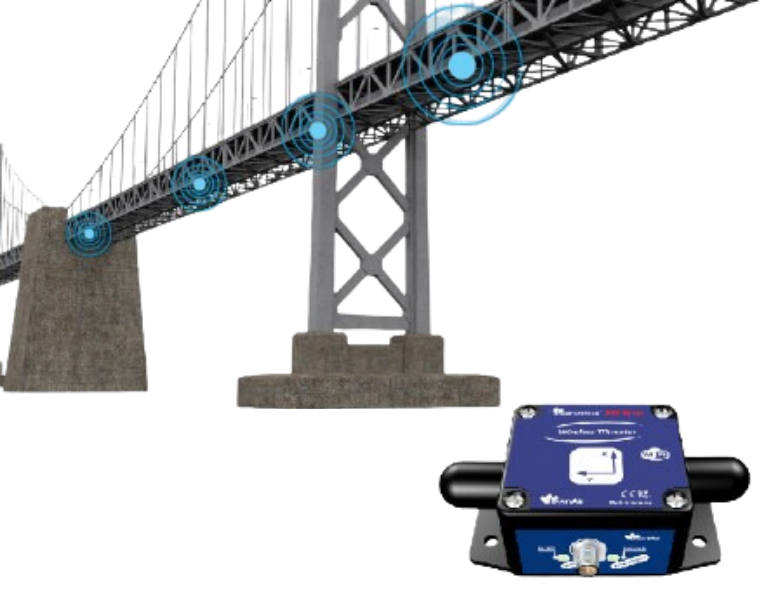
During its long service life, a bridge would be subject to aging processes, harsh environmental conditions, and excessive loads, leading to deterioration. Consequences of impaired physical condition can be as severe as the collapse of the structure, causing great financial loss or even casualties. Even major protective maintenance and upgrading works or replacement of the bridge are expensive and troublesome. Thus, it is important to have updated information on the structural condition and performance of bridges to early detect any worrying signs of decline and undertake protective countermeasures.
BeanAir® provides a Wireless IOT Sensors solution suitable for bridge monitoring, enabling engineering practices to monitor assets remotely without the need for costly site visits. It has the advantage of daily data, whereas traditionally this data was collected weekly or monthly using physical site visits. Needless to say, it is far more accurate than any visual inspection.
The BeanDevice® Wilow® AX-3D is a ULP (Ultra-Low-Power) WIFI accelerometer with a built-in data logger. This device comes with two measurement ranges (±2g and ±10g) and provides a maximum sampling rate of 2 KHz. Thanks to its very low noise (45 µg/√Hz for the ±2g version), this device is suitable for ground vibration on a construction site. Vibration waveform, frequency spectrum (FFT), and Velocity are displayed in real-time on our monitoring software (BeanScape® Wilow®). The innovative measurement mode Streaming with event-trigger (S.E.T.) allows recording vibration when a trigger threshold level is reached.
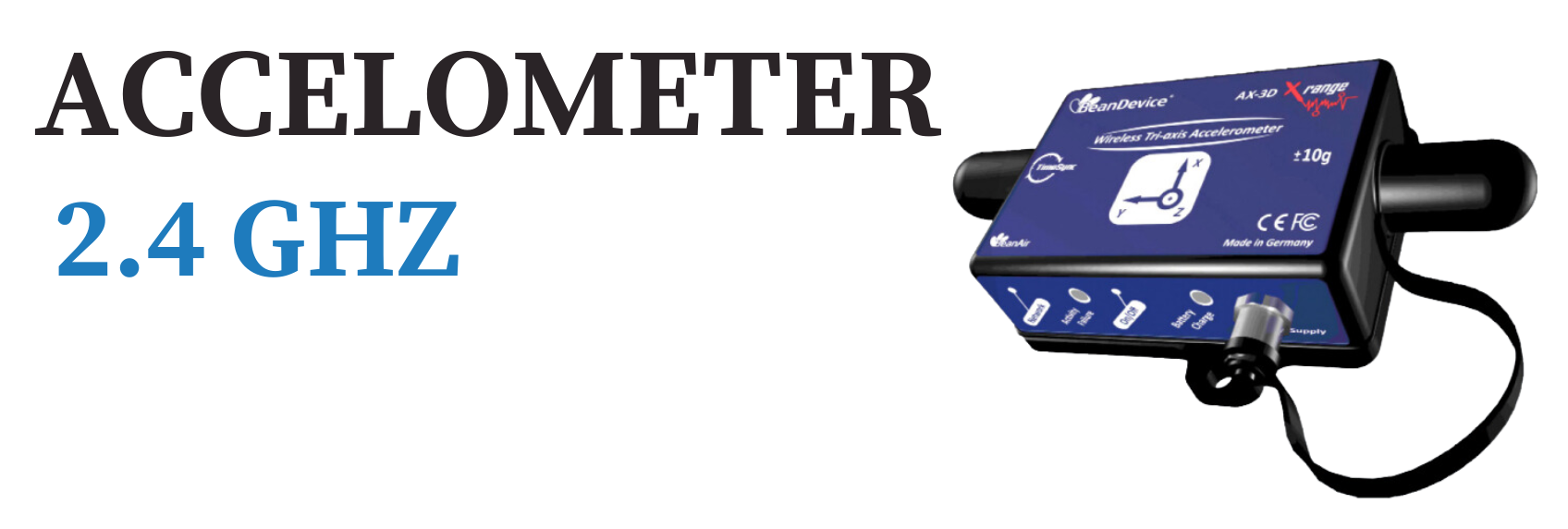
The BeanDevice® Wilow® HI-INC is a ULP (Ultra-Low-Power) WIFI inclinometer for tilt/inclination measurement. This device comes with two measurement ranges (±15° and 30°) and offers a great level of accuracy of ±0.05° (±0.02° on customer request). This device is suitable for land surveying and bridge monitoring; users can set up alarms by email (from our BeanScape® Wilow®) when a threshold level is reached.
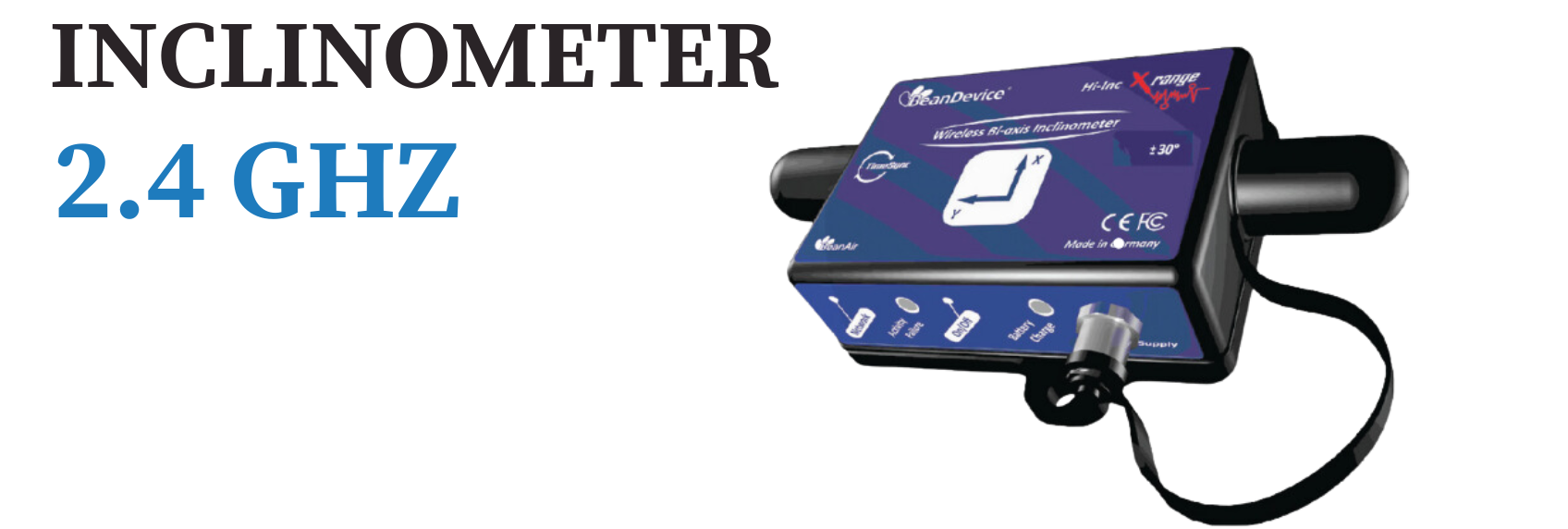
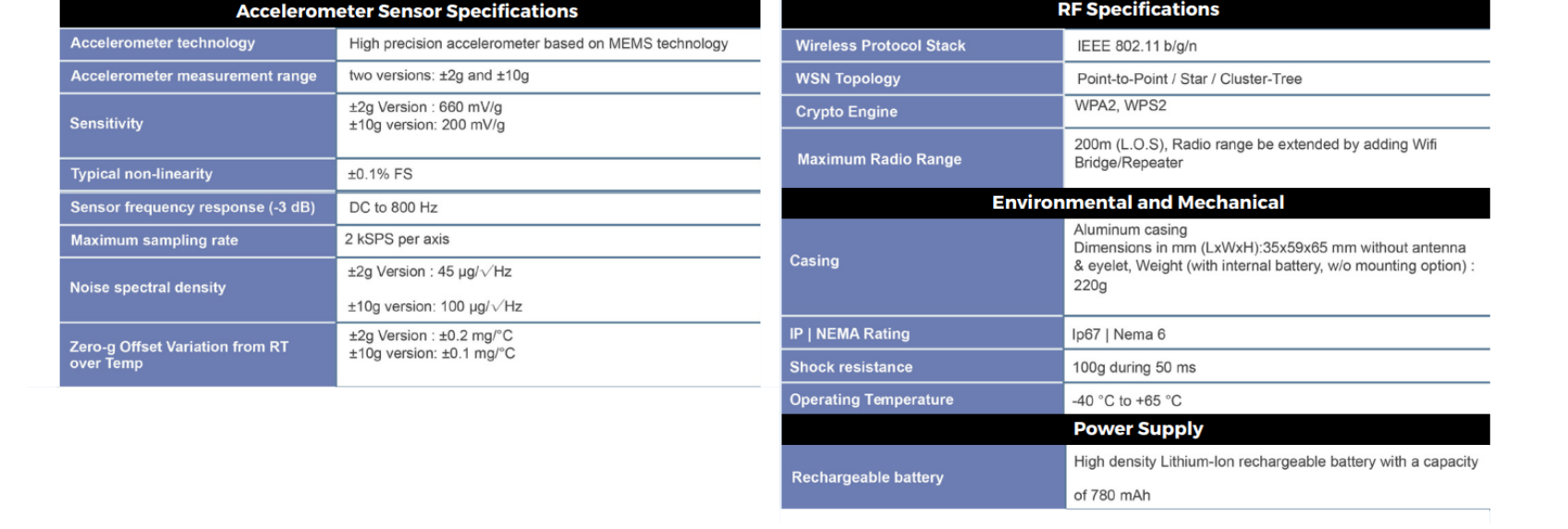
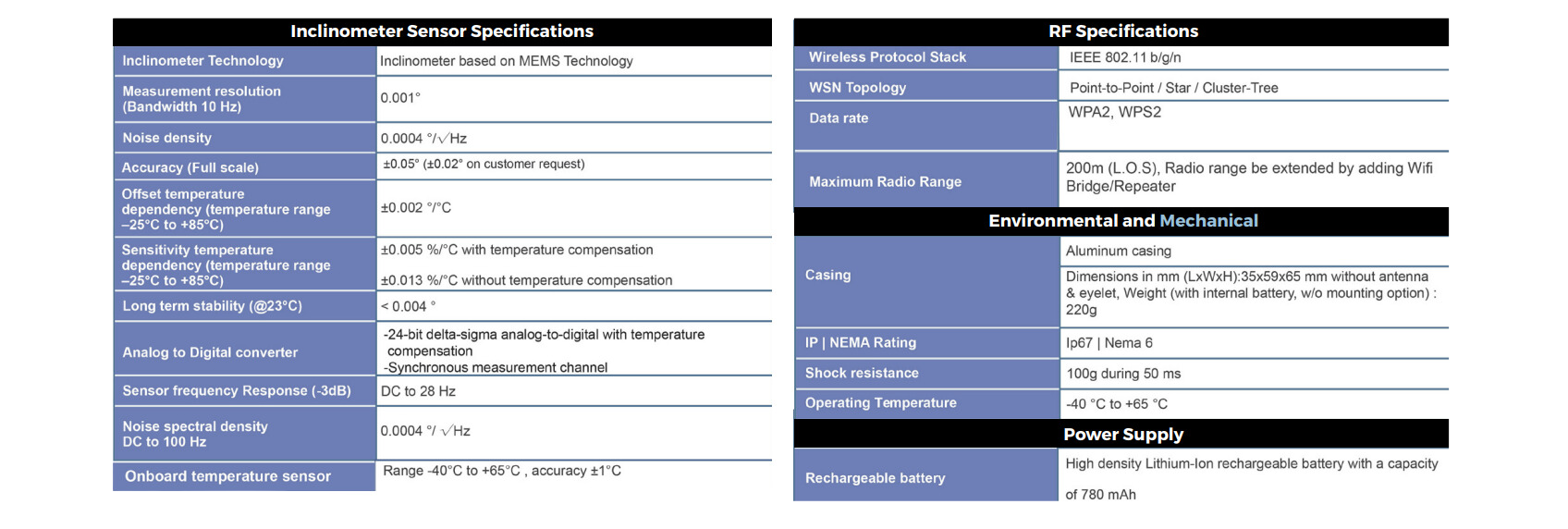
For more information, click here.




